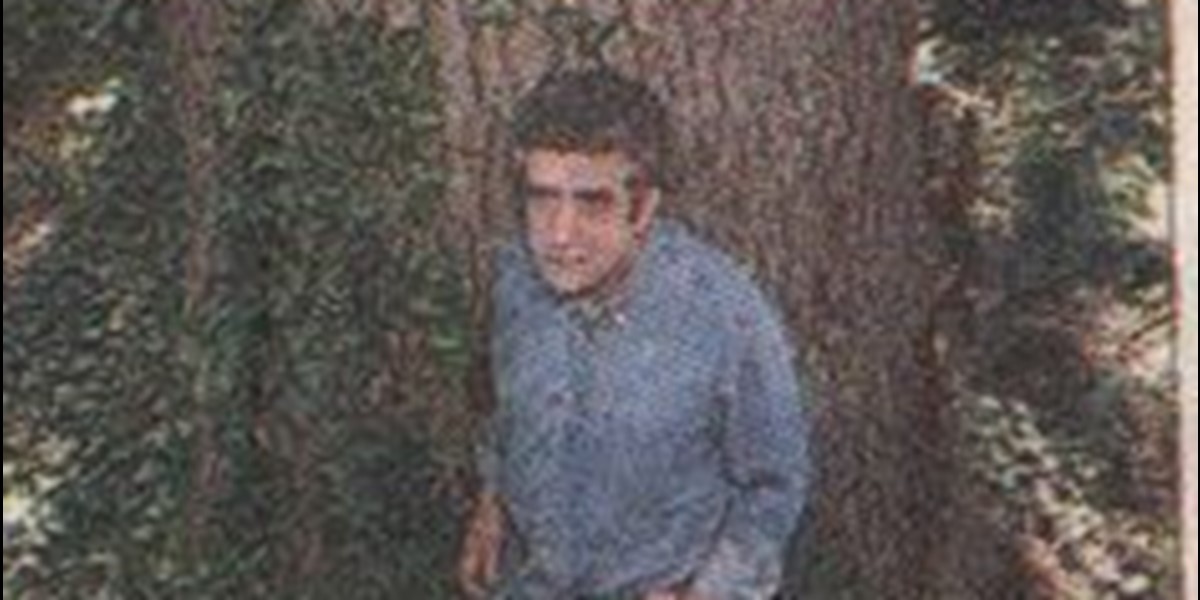

Published July 28, 2000 By KIM HORNER
Officials say no ordinance protects limbs or roots growing into neighbors' yards.
The 100-year-old bur oak next to David Weinberg's house in Kessler Park has grown so tall it towers over a neighbor's yard - that's the problem.
Crews digging a pool next door earlier this month severed many of the tree's roots, causing serious damage.
Now Mr. Weinberg worries about the tree, which he said was the reason he bought his house. Symptoms of root damage could take years to show up.
"There ought to be some mechanism for preventing this sort of thing," said Mr. Weinberg, a trial consultant who has written poetry about the tree. "I really feel like it's sort of a friend and protector."
The case illustrates an issue that prompts frequent calls to city and state officials. Callers regularly ask questions about trees that stretch beyond property lines, including whether they can cut branches that hang over their yards.
But officials said there are no city ordinances or state laws that specifically protecting parts of trees that cross into a neighbor's yard.
For neighbors who cannot work out a compromise, the disputes can become an issue for civil courts, said Sharon Lilly, director of technical resources for the International Society of Arboriculture. Judges and juries throughout the country have ruled differently in the cases, Ms. Lilly said.
"It's not as black and white as you might imagine," she said.
The city of Dallas' tree ordinance does not protect trees on residential properties smaller than 2 acres, said Phil Erwin, a city arborist. He said the city routinely gets questions about dealing with trees that stretch over yards.
As a general rule, "if a branch is over the property line, the adjacent property owner can cut the branch," Mr. Erwin said.
Many people don't realize that tree roots spread two, sometimes three times as far underground as the branches they see, said Courtney Blevins, a Texas Forest Service urban forester.
The tree doesn't set the record but comes close to the size of the designated "Champion Tree" for bur oaks in the region. The Texas Forest Service records the largest trees - by height, circumference and crown spread - for each species, Mr. Blevins said.
The champion bur oak in Dallas, Tarrant, and surrounding counties is in Fort Worth, standing 80 feet tall and nearly 18 feet around.
Strands of the tree's roots can be seen where the pool was excavated next door. Mr. Spiegel estimated the tree potentially may have lost in the range of 20 percent of its roots. The tree also may have suffered more root damage when construction crews compacted soil around the tree when driving to the pool site, Mr. Spiegel said. He plans more extensive studies of the damage but said time will tell how the tree will fare.
"A tree in someone's back yard has roots going into everyone else's," he said.
Mr. Weinberg's neighbor, Elaine Mosher, said she did not think the pool would damage the tree's root system.
"I feel really bad if it's going to affect his tree," said Ms. Mosher, who has halted construction until Mr. Weinberg's arborist can seal the roots, as a doctor would clean a cut.
The tree is at least 100 years old, said Harold Spiegel, an arborist that Mr. Weinberg hired to inspect the damage. At 75 feet tall - about six stories - and 15 feet around, the tree is one of the largest of its kind in the area, Mr. Spiegel said.
The Dallas Historic Tree Coalition also regularly gets calls about everything from disputes over branch cutting to oak wilt tree disease spreading into a neighbor's yard, said Steve Houser, an arborist, and president of the organization.
